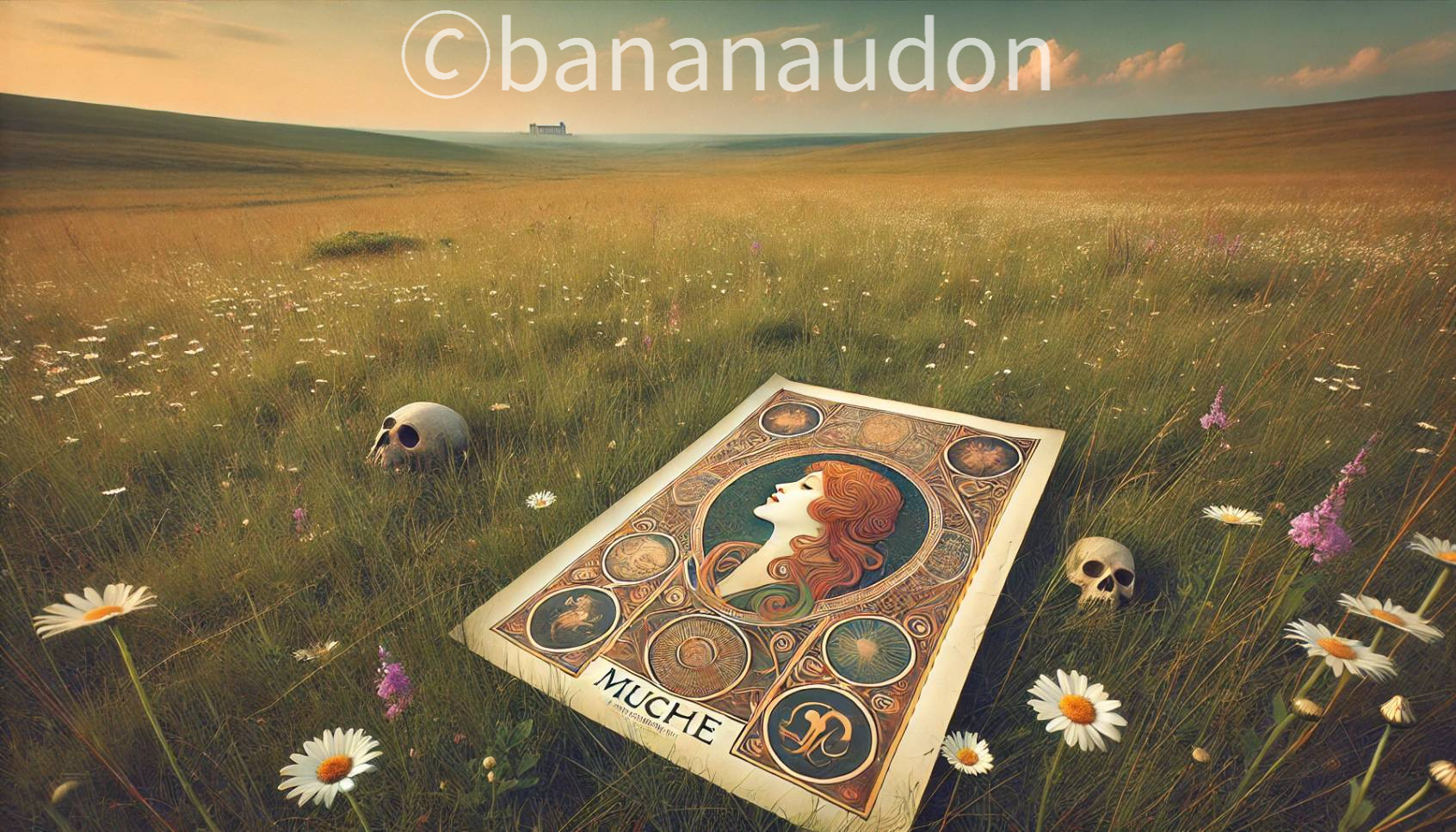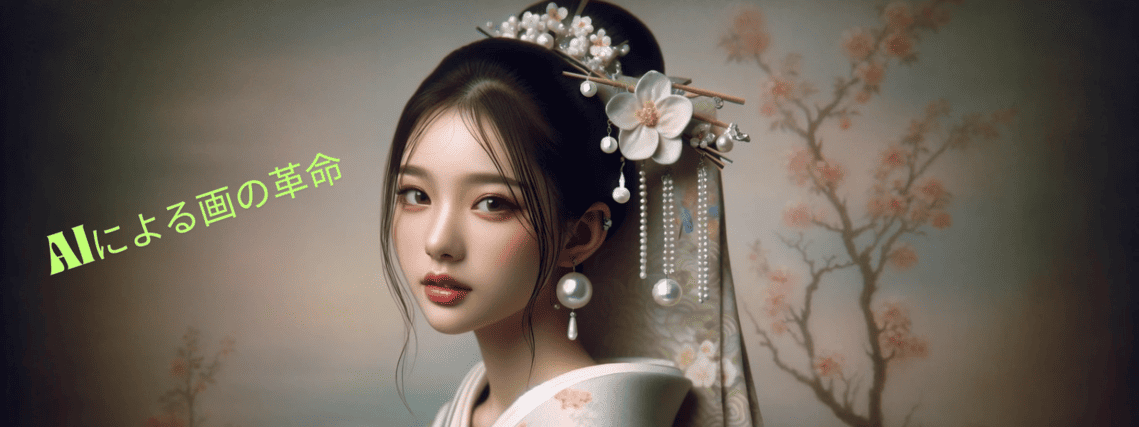Reinterpreting “Zodiac” Alphonse Mucha: Beauty Between Nature and Decay
2025.06.24更新
広告

Explore a stunning reinterpretation of Alphonse Mucha’s Zodiac, where Art Nouveau’s elegance meets the passage of time. A thought-provoking exploration of beauty, decay, and the transience of art.
 “Zodiac” (Alphonse Mucha) – Free Adult Coloring PDF Download
Download Free PDF (A4 print recommended) Download PDF Browse by Artist Browse by Theme Languages: JP | FR “Zodiac” is a beautiful lithograph created in 1896 by Art Nouveau master Alphonse Mucha. Its delicate linework and symbolic zodiac motifs have made it a favourite subject for adult coloring fans worldwide. On this page you’ll find background on the piece and…
“Zodiac” (Alphonse Mucha) – Free Adult Coloring PDF Download
Download Free PDF (A4 print recommended) Download PDF Browse by Artist Browse by Theme Languages: JP | FR “Zodiac” is a beautiful lithograph created in 1896 by Art Nouveau master Alphonse Mucha. Its delicate linework and symbolic zodiac motifs have made it a favourite subject for adult coloring fans worldwide. On this page you’ll find background on the piece and…
A Fantastical Reinterpretation of Mucha’s World
This reimagined image immediately suggests that a masterpiece by Alphonse Mucha, the best-known exponent of European Art Nouveau, has been swallowed by the passage of time.
(Source: Wikipedia “Alphonse Mucha”)
Mucha’s ornate poster rests alone in a vast meadow where wild grasses sway, while weather-worn skulls lie scattered around it.
The scene seems to hint that beauty, no matter how glorious, is destined to return to nature.
Background and Features of the Original Masterpiece
Title, Artist, and Year
The image reinterprets Alphonse Mucha’s iconic work “Zodiac”.
(Source: Mucha Foundation “Zodiac”)
Completed in 1896, this poster is celebrated worldwide as a symbol of Art Nouveau, the fin-de-siècle decorative style that swept Europe and the United States.
(Source: WikiArt “Zodiac 1896”, Mucha Foundation)
Historical Context
Zodiac was created for the Paris printer “F. Champenois” as a calendar poster—commercial art elevated to fine art through Mucha’s hand.
(Source: Mucha Foundation)
It quickly became one of his most popular designs, noted for its delicate female figure framed by a richly ornamented circle.
(Source: Mucha Foundation)
By choosing the signs of the zodiac—a nod to both astrology and fin-de-siècle mysticism—Mucha fused esoteric content with ornamental art of the highest order.
Signature Features of the Original
The original poster’s defining elements include the following:
- Ornamental circular design: The zodiac symbols radiate in perfect harmony within a round frame.
(Source: Mucha Foundation) - Radiant female figure: A hallmark of Mucha’s oeuvre, the woman dominates the center.
(Source: WikiArt) - Botanical ornament: Sinuous plant motifs flow across the surface.
- Soft pastel palette: Delicate hues lend the poster its gentle elegance.
Key Points of the Reinterpretation
The following elements illuminate how this new image reframes Zodiac.
Mucha in the Middle of Nowhere
Mucha’s famous poster appears abandoned in an immense field, as though civilisation has drifted away.
This staging foregrounds the theme that the once-dazzling glory of Art Nouveau fades as time marches on.
Shifting Light and Colour
Where the original glowed with pastel opulence, the reinterpretation is ruled by earth tones and the warm light of dusk.
Thus Mucha’s decorative beauty becomes something more fragile and fleeting.
The Meaning of the Skulls
Skulls scattered around the poster symbolise mortality and the relentless flow of time.
By contrasting sumptuous ornament with death-evoking skulls, the work questions the notion of “eternal beauty.”
A New Composition
In the original, the woman dominates; in this image the poster shrinks to a mere fragment of a vast landscape.
The change of scale intensifies the impression that Mucha’s art is treated as a relic of a bygone age.
Reflection: The Frailty and Permanence of Beauty
This reinterpretation asks whether the “timeless beauty” celebrated by Mucha may itself succumb to decay.
Art Nouveau reached its zenith in the 1890s, only to slip from fashion as new styles emerged. Yet each generation rediscovers its elegance and reinvests it with meaning.
The skulls recall the Latin phrase memento mori—“remember you must die”—signalling that even beauty is eroded by time.
Still, the poster in a meadow bursting with flowers hints that nature and art can coexist in ongoing dialogue.
Summary
This reinterpretation delves far deeper than mere decorative homage.
By weaving together the passage of time, the paradox of permanence and transience, and the tension between beauty and death, it offers viewers a fresh perspective.
How should Mucha be reimagined for the twenty-first century? Is art truly capable of transcending time? This work dares us to grapple with those questions.
